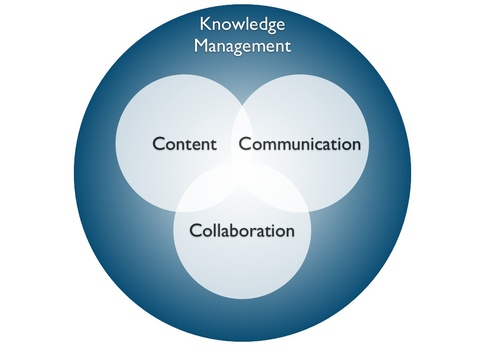 Voice over IP (VoIP) has been the standard transfer protocol for voice telecommunications for quite some time. Its biggest drawback is that it utilizes the internet. Voice and video need to be transmitted in “real time.” Delays in video result in buffering which though annoying are somewhat acceptable. Delays in voice transmission result in jitter, latency and eventually, a dropped call. To most callers, this is unacceptable. The internet does not provide Class of Service (CoS); and since all traffic is treated equally, voice calls will suffer when internet usage is heavy. CoS allows for the prioritization of traffic such that voice and video data are sent ahead of non time-sensitive tasks such as e-mail and web page accessing.
Voice over IP (VoIP) has been the standard transfer protocol for voice telecommunications for quite some time. Its biggest drawback is that it utilizes the internet. Voice and video need to be transmitted in “real time.” Delays in video result in buffering which though annoying are somewhat acceptable. Delays in voice transmission result in jitter, latency and eventually, a dropped call. To most callers, this is unacceptable. The internet does not provide Class of Service (CoS); and since all traffic is treated equally, voice calls will suffer when internet usage is heavy. CoS allows for the prioritization of traffic such that voice and video data are sent ahead of non time-sensitive tasks such as e-mail and web page accessing.
In order to achieve a private telecom voice network free of jitter, latency and dropped calls you need to have a Closed Loop Communications Network, (CLCN). We have partnered with Cisco, EarthLink and Adaption Technologies to provide an integrated telephone and network application that couples the flexibility of Hosted with the operability and ease of use of a key system. Our solution utilizes Adaption Technologies’ Hosted VoIP technologies for transport over the nationwide backbone maintained by EarthLink. We provide a controlled CoS with end to end delivery. Carrier quality is guaranteed while jitter, latency and dropped calls are virtually eliminated. Your conversation never touches the internet.
This service is monitored 24/7/365 in our Aurora, IL Network Operation Center (NOC) in conjunction with our Help Desk. Our network is guaranteed with measurable Service Level agreements (SLA’s).
With this Closed Loop Communications Network you can use your existing telephone equipment or you can equip some or all locations with SIP handsets using Hosted VoIP. All calls are on net. One auto attendant can serve multiple locations. If there is a service interruption, calls are automatically redirected to a pre-assigned destination. This is location specific. We can provide enhanced customer service, detailed call reporting at a cost substantially lower than conventional telephone services.
CLCN takes the revolutionary technology of VoIP and refines it to be a cost effective business application for companies with multiple locations. It provides on net, no cost dialing between locations. You can answer any call from any location with the ability to transfer that call to any location. This results in enhanced customer service while requiring less manpower. If you believe this solution has an application at your company, contact us at sales@selectteltech.com or call us at 815-282-5151. We’ll help you get your own piece of the internet.










